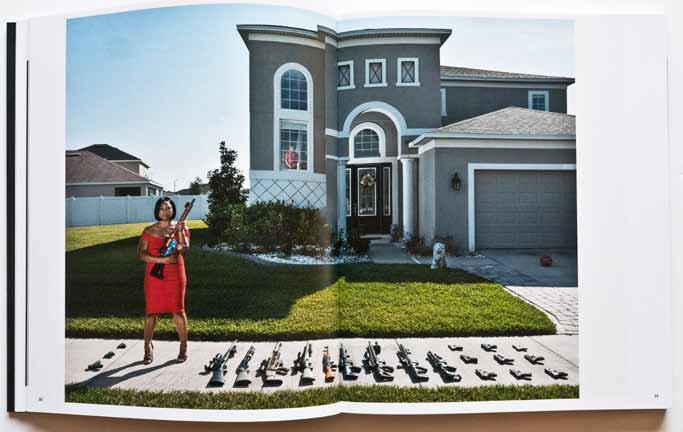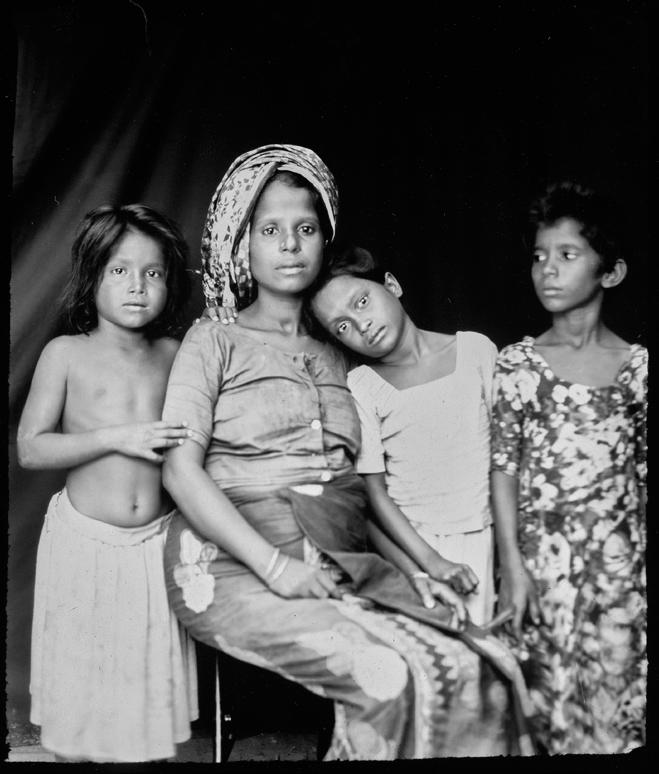
3 minute read
When Home Won’t Let You Stay
Shahria Sharmin
It was surely a startling discovery for the Rohingya when they found me in the middle of the Kutupalong camp. Shelters for those left homeless by states. Rohingya, who had become quite familiar with the presence of cameras in their lives by then, found me different, almost weird. A woman, carrying a very large wooden box camera, nervous, not so sure why she was even there and looking completely lost — not a familiar sight at all.
Advertisement
It didn’t take them long to realise that I was an outsider to their world. Slowly but surely, I became a spectacle. Not that I ever claimed to be a part of their existence but at least I was not pretending. I started telling my stories — I started telling their stories. I had never experienced genocide. Nobody in my family was ever killed, tortured or raped. Eventually I myself became the ‘contrast’ in the story. The deep sense of satisfaction I had for being part of the host nation, came crashing down when their stories hit me. My work with Rohingya youth began in May 2019.
Yasmin who waited for her husband for four years saw him just for a glimpse. The day he returned from Malaysia, he was executed by Myanmar military with their two sons. That same day, this 23-year old was raped that gave her a child in the refugee camp. A child whose loving face reminds not of her husband but of terror. There was no trace of hope, only despair and a great deal of anger against the whole world. A world that did nothing to save them from ethnic cleansing, which eventually became a full-blown genocide in 2017.
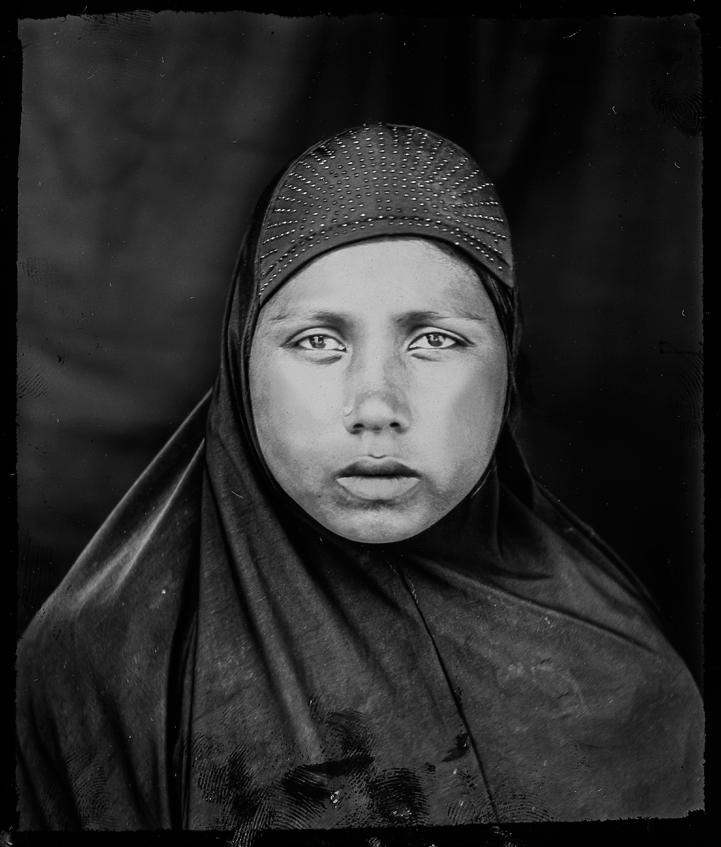
723,000 Rohingyas fled to Bangladesh from brutal violence back home in August 2017. Together with influxes from the 1970’s through the 1980s and 1990s, this recent wave almost completely uprooted them from Myanmar. There are about 1.1 million Rohingyas in Bangladesh now. Cox’s Bazaar became one of the largest refugee concentrations in the world almost overnight. While they say they are indigenous of Rakhine, the Myanmar government claims that Rohingyas are Bangladeshi immigrants. Once elected to the Myanmar parliament, Rohingyas are no longer even considered citizens.
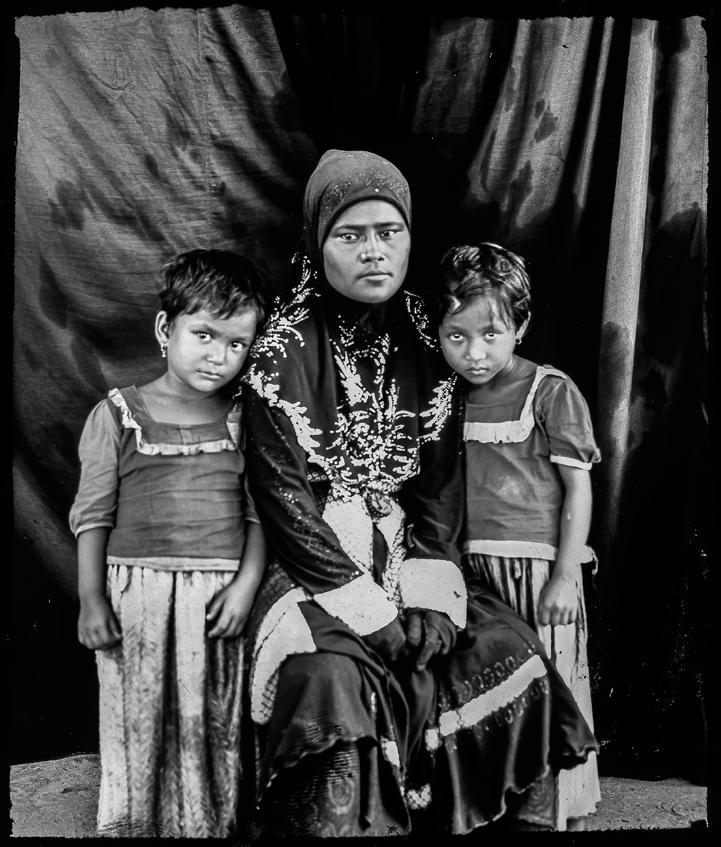
Myanmar was an open cage where they feared persecution, torture and death. Today they have lost their identity and are called ‘Forcibly Displaced Myanmar Nationals’. Nationals, not citizens, not even refugees, nor are they Rohingyas. That was the price they paid for a safer, but closed cage in Bangladesh.
A child who has seen the most terrible of human atrocities, a woman in search of the non-existent heaven, a family in search of a place called happiness, a man who looks across the border in search of his father’s graveyard…I photographed it all.
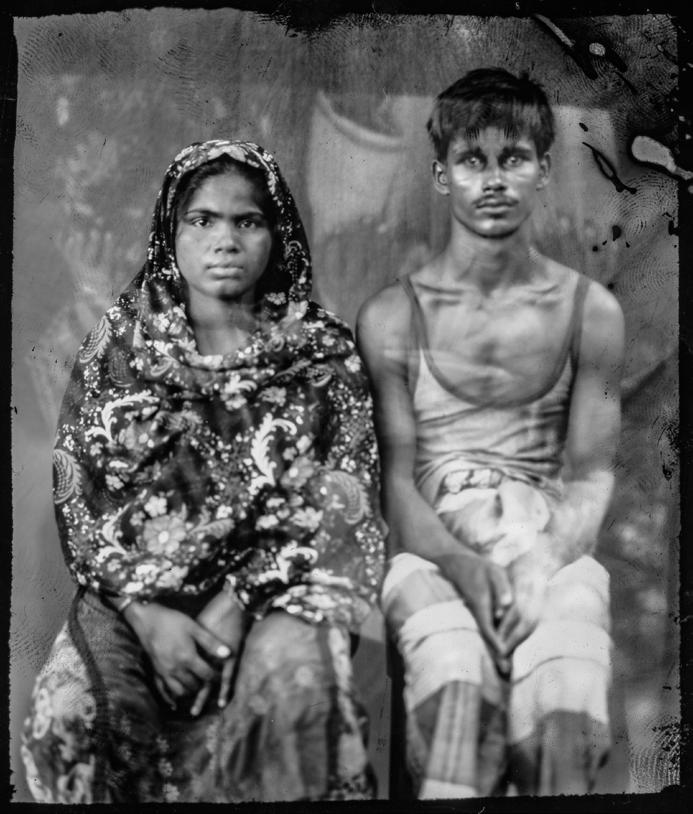
I photographed a community that is always running from fire. They run into Bangladesh, take a break, traffic themselves to Thailand, rest in another hell, go to Malaysia, which never meets their dreams, take another break, go to Indonesia, feeling Australia is better - probably the heaven and the promised land. Along the way their boats capsize and thousands die. Many thousand miles away, there is Myanmar, a most unwelcoming home in human history.
A young mother stands on the seashore, barefoot, lost, looking at the sky, asking God “Why is there no place called home?”…. I photographed that too. Helpless in my existence, my camera captured life as they knew it to be- an escape, an unbearable journey, a never ending path to a future unknown. See: www.shahriasharmin.com
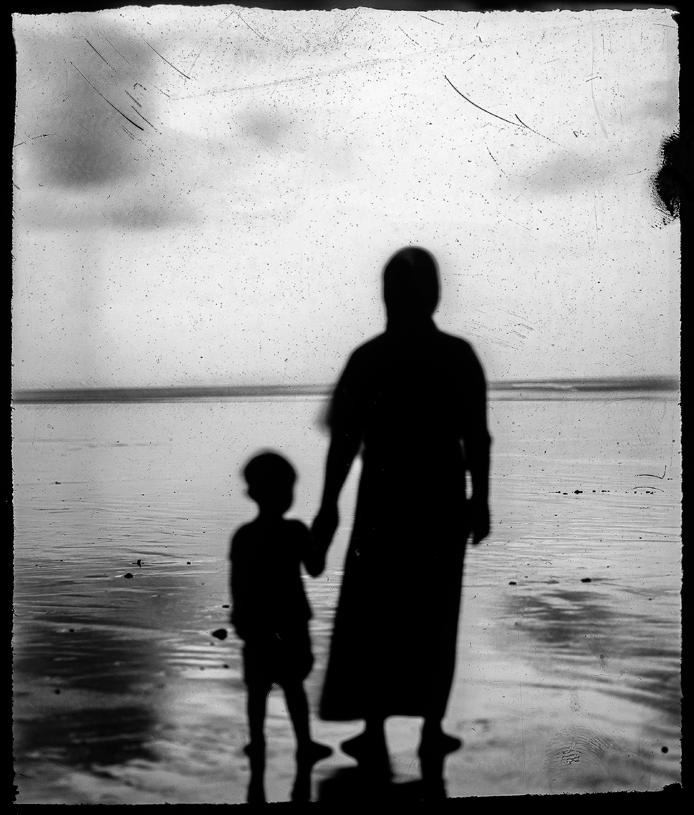
The Ameriguns, by Gabriele Galimberti
Book Review by Brian Steptoe FRPS
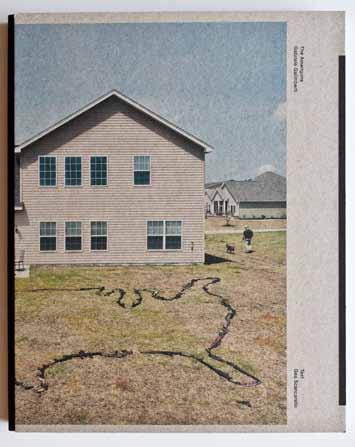

A study of the way in which the Second Amendment to the US Constitution is interpreted today. “Freedom is my passion and I think that guns are necessary to defend it” ... quote by a Texas resident. There are ten times as many gun shops in the US as McDonalds restaurants.
Book by Dewi Lewis Publishing, 2020. 27x22 cm,136 pages, with extensive text, 33 page spread and numerous smaller images.
